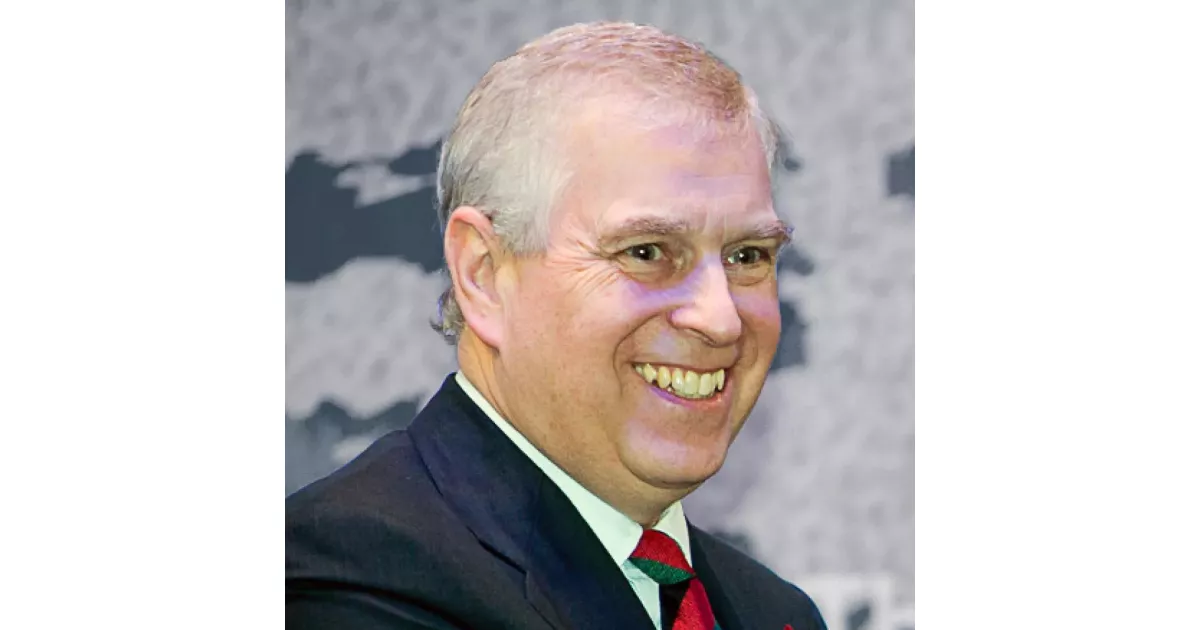Discover the career path of Prince Andrew, Duke of York, from the first major opportunity to industry-changing achievements.
Prince Andrew, Duke of York, is a member of the British royal family and the third child of Queen Elizabeth II and Prince Philip. Once second in line to the throne, he is now eighth. He served in the Royal Navy as a helicopter pilot and instructor. Prince Andrew's reputation has been significantly damaged due to his association with convicted sex offender Jeffrey Epstein, leading to allegations of sexual assault, which he denies. As a result, he has been stripped of his military titles and royal patronages and has withdrawn from public duties.
November 1978: Announcement of joining the Royal Navy
In November 1978, the Royal Household announced that Andrew would join the Royal Navy the following year.
April 1979: Pilot training at Royal Naval College Flight
During March and April 1979 Andrew was enrolled at the Royal Naval College Flight, undergoing pilot training.
May 1979: Accepted as trainee helicopter pilot
On 11 May 1979, Andrew was accepted as a trainee helicopter pilot and signed on for 12 years.
September 1981: Commissioned as a sub-lieutenant
On 1 September 1981, Andrew was commissioned as a sub-lieutenant and appointed to the Trained Strength on 22 October.
1982: Operational Flying Training
In 1982, after passing out from Dartmouth, Andrew went on to elementary flying training with the Royal Air Force, basic flying training with the navy at HMS Seahawk, advanced training on the Sea King helicopter, and conducted operational flying training until 1982. He joined 820 Naval Air Squadron, serving aboard HMS Invincible.
1983: Continued Service on HMS Invincible
Although he had brief assignments to HMS Illustrious, RNAS Culdrose, and the School of Service Intelligence, Andrew remained with HMS Invincible until 1983.
1983: Transferred to RNAS Portland
In late 1983, Andrew transferred to RNAS Portland, and was trained to fly the Lynx helicopter.
February 1984: Promotion to Lieutenant and Appointment as Aide-de-Camp
On 1 February 1984, Andrew was promoted to the rank of lieutenant, and Elizabeth appointed him her personal aide-de-camp.
October 1986: Transferred to the General List
On 23 October 1986 the Duke of York transferred to the General List, enrolled in a four-month helicopter warfare instructor's course at RNAS Yeovilton.
February 1987: Served as helicopter warfare officer
From February 1987 to April 1988 Andrew served as a helicopter warfare officer in 702 Naval Air Squadron, RNAS Portland.
April 1988: End of tenure as helicopter warfare officer
From February 1987 to April 1988 Andrew served as a helicopter warfare officer in 702 Naval Air Squadron, RNAS Portland.
1989: Flight Commander on HMS Campbeltown
From 1989 to 1991, The Duke of York served as flight commander and pilot of the Lynx HAS3 on HMS Campbeltown.
1989: Served on HMS Edinburgh
Until 1989 Andrew served on HMS Edinburgh as an officer of the watch and Assistant Navigating Officer.
1990: Force Aviation Officer to Standing NRF Maritime Group 1
From 1990 to 1991 Andrew acted as force aviation officer to Standing NRF Maritime Group 1 while Campbeltown was flagship of the NATO force in the North Atlantic.
July 1991: Passed squadron command examination
On 16 July 1991 Andrew passed the squadron command examination.
March 1992: Passed ship command examination
On 12 March 1992 Andrew passed the ship command examination.
1993: Commanded HMS Cottesmore
From 1993 to 1994 Andrew commanded the Hunt-class minehunter HMS Cottesmore.
1994: Commanded HMS Cottesmore
From 1993 to 1994 Andrew commanded the Hunt-class minehunter HMS Cottesmore.
1995: Senior Pilot of 815 Naval Air Squadron
From 1995 to 1996, Andrew was posted as senior pilot of 815 Naval Air Squadron.
1996: Senior Pilot of 815 Naval Air Squadron
From 1995 to 1996, Andrew was posted as senior pilot of 815 Naval Air Squadron.
April 1999: Promotion to Commander
On 27 April 1999, Andrew was promoted to commander.
1999: Chairman of the Outward Bound Trust
Since 1999, Andrew had held the position of chairman of the board of trustees of the Outward Bound Trust.
2001: Appointment as Special Representative for International Trade and Investment
From 2001 to July 2011, Andrew worked with UK Trade & Investment as the United Kingdom's Special Representative for International Trade and Investment.
2001: Finished active naval career
In 2001 Andrew finished his active naval career at the Ministry of Defence.
2003: Captain of Royal and Ancient Golf Club
Between 2003 and 2004, Andrew was captain of the Royal and Ancient Golf Club of St Andrews during the club's 250th anniversary season.
2003: Patron of Attend
In 2003, Andrew became the patron of the charity Attend and a member of the International Advisory Board of the Royal United Services Institute.
2003: Report on the cost of Duke of York's trade missions
In 2003, the Duke of York's trade missions as special representative for UKTI cost £75,000.
2004: Criticism and Resignation from Golf Clubs
In 2004, Andrew faced criticism for using RAF planes for golfing trips. Later, following the Queen's removal of royal patronages, he resigned from the Royal and Ancient Golf Club of St Andrews and the Royal Dornoch Golf Club revoked his honorary membership the following month.
2005: Duke of York's Community Initiative founded (Yorkshire Foundation)
In 2005, the private limited company the Duke of York's Community Initiative was founded. It was known as the Yorkshire Foundation between 2005 and 2011.
July 2009: Andrew present at official opening ceremony of Banque Havilland
In July 2009, Prince Andrew was present for the official opening ceremony of Banque Havilland, a bank that has been alleged to have sought to service dictators and kleptocrats.
February 2010: Promotion to Rear Admiral
On 19 February 2010, Andrew's 50th birthday, he was promoted to rear admiral.
March 2011: Campaign Against Arms Trade criticism of Andrew's role with UKTI
In March 2011, the Campaign Against the Arms Trade (CAAT) criticized Prince Andrew's role as a front man for UKTI, stating that he was used to sell arms, potentially to despotic regimes, and acted as a cheerleader for the arms industry.
July 2011: Stepping Down as Special Representative
In July 2011, Andrew stepped down from his role as the UK's Special Representative for International Trade and Investment due to controversies and ties to Jeffrey Epstein.
July 2011: End of role as UK's Special Representative
In July 2011, Andrew's 10-year service as the UK's Special Representative for International Trade and Investment came to an end.
July 2011: Andrew's role as trade envoy terminated
In July 2011, Prince Andrew's role as trade envoy was terminated, and he reportedly cut all ties with Jeffrey Epstein.
2011: Duke of York's Community Initiative known as the Yorkshire Foundation
In 2011, the private limited company the Duke of York's Community Initiative was known as the Yorkshire Foundation between 2005 and 2011.
September 2012: Abseiling Down The Shard
In September 2012, Andrew participated in a team of 40 people who abseiled down The Shard to raise money for the Outward Bound Trust and the Royal Marines Charitable Trust Fund.
2012: Interest in Women's Interlink Foundation
During the Queen's Diamond Jubilee tour in 2012, Andrew became interested in the work of Women's Interlink Foundation (WIF), leading to the initiation of the Key to Freedom project to support the sale of products made by WIF.
2013: Becoming Patron of Universities
In 2013, it was announced that Andrew was becoming the patron of London Metropolitan University and the University of Huddersfield.
January 2014: Andrew's delegation to Bahrain draws criticism
In January 2014, Prince Andrew's participation in a delegation to Bahrain drew criticism. CAAT called on Prince Andrew and the UK government to stop selling arms to Bahrain, stating his endorsement of the Bahraini dictatorship gave implicit support to their oppressive practices.
2014: Founding of Pitch@Palace
In 2014, Andrew founded the Pitch@Palace initiative to support entrepreneurs by connecting them with investors, mentors, and business contacts.
2014: Promotion of British Science at CERN
In 2014, Andrew visited Geneva, Switzerland, to promote British science at CERN's 60th anniversary celebrations.
July 2015: Installation as Chancellor of University of Huddersfield
In July 2015, Andrew was installed as Chancellor of the University of Huddersfield.
May 2018: Opening of Pitch@Palace China Bootcamp 2.0
In May 2018, Andrew visited China and opened the Pitch@Palace China Bootcamp 2.0 at Peking University.
May 2018: Elected to Honorary Fellowship at Hughes Hall
On 1 May 2018, Andrew was elected to an Honorary Fellowship at Hughes Hall in the University of Cambridge in recognition of his promotion of entrepreneurship.
March 2019: Taking Over Patronage of Outward Bound Trust
In March 2019, Andrew took over the patronage of the Outward Bound Trust from his father, the Duke of Edinburgh, serving up until his own resignation in November 2019.
May 2019: Appointment as Patron of Royal Fine Art Commission Trust
In May 2019, Andrew succeeded Lord Carrington as patron of the Royal Fine Art Commission Trust.
November 2019: Resignation as Chancellor of University of Huddersfield
In November 2019, Andrew relinquished his role as Chancellor of the University of Huddersfield after the Students' Union passed a motion to lobby for his resignation.
November 2019: Resignation as Patron of Outward Bound Trust
In November 2019, Andrew resigned as the patron of the Outward Bound Trust.
November 2019: Withdrawal of Sponsorship for Pitch@Palace
On 18-19 November 2019, KPMG and Standard Chartered announced they would not be renewing their sponsorship of Andrew's Pitch@Palace entrepreneurial scheme.
November 2019: Andrew suspends public duties
On 20 November 2019, Buckingham Palace announced that Andrew was suspending his public duties "for the foreseeable future" with the consent of the Queen, and was to step down from all 230 of his patronages, although he expressed a wish to have some sort of public role at some future time.
2019: Suspension of military affiliations
In 2019, Prince Andrew's military affiliations were suspended.
May 2020: Resignation from Public Roles
In May 2020, Andrew resigned from public roles following criticism for his association with Jeffrey Epstein and Ghislaine Maxwell.
May 2020: Andrew permanently resigns from public roles
In May 2020, it was announced that Andrew would permanently resign from all public roles over his Epstein ties.
November 2020: Report on Andrew's assistance to Banque Havilland
In November 2020, Bloomberg Businessweek reported on Prince Andrew using his role as trade envoy to help David Rowland and his private bank, Banque Havilland, secure deals with clients. Banque Havilland allegedly sought to service dictators and kleptocrats.
January 2022: Removal of affiliations and patronages
In January 2022, Prince Andrew's social media accounts were deleted, his page on the royal family's website was rewritten, and his military affiliations and patronages were removed. He also stopped using the style His Royal Highness (HRH). York Racecourse announced it would rename the Duke of York Stakes. Prince Andrew High School in Nova Scotia also stated that it would have a new name at the next academic year.
January 2022: Removal of Honorary Military Affiliations and Royal Patronages
In January 2022, Queen Elizabeth II removed Andrew's honorary military affiliations and royal charitable patronages due to his association with Jeffrey Epstein and Ghislaine Maxwell.
January 2022: Military affiliations returned to the Queen
On 13 January 2022, Prince Andrew's military affiliations were formally returned to Queen Elizabeth II.
January 2022: Royal Patronages Returned to The Queen
On 13 January 2022, it was announced that Andrew's royal patronages had been handed back to the Queen to be distributed among other members of the royal family.
2023: Dissolution of Yorkshire Foundation
In 2023, the private limited company the Duke of York's Community Initiative (known as the Yorkshire Foundation between 2005 and 2011) was dissolved.
2024: Dissolution of Yorkshire Foundation charity
In 2024, the charity of similar name to the Duke of York's Community Initiative, which operated to support voluntary organisations in Yorkshire, was dissolved.
Mentioned in this timeline
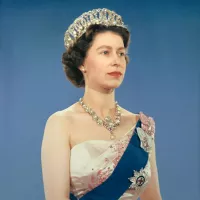
Elizabeth II reigned as Queen of the United Kingdom and...
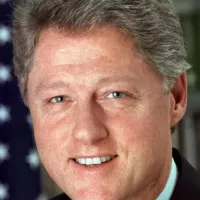
Bill Clinton the nd U S President - served as...
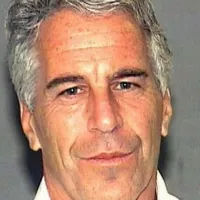
Jeffrey Epstein was an American financier and convicted sex offender...

Ghislaine Maxwell is a British former socialite convicted in of...
California is a U S state on the Pacific Coast...
Nova Scotia is a province in the Maritimes region of...
Trending
8 days ago Jalen Williams' Impact: Thunder, Warriors Matchups, Dort's Future, Injury Return
Keldon Johnson is an American professional basketball player currently playing for the San Antonio Spurs in the NBA Prior to...
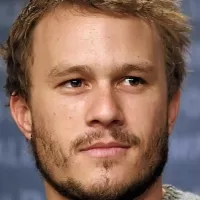
6 months ago Brokeback Mountain's 20th Anniversary: Challenging Hollywood and impacting audiences, starring Heath Ledger.

6 months ago Sarah Sherman's SNL Checks Mistakenly Sent to Gilda Radner's Estate: A Sobbing Revelation

Lily Allen is an English singer songwriter and actress known for her distinctive voice and candid lyrics She gained prominence...

8 days ago Jesse Plemons discusses 'Bugonia', Oscar buzz, and career from child actor.
Popular

Candace Owens is an American conservative political commentator and author...

Ilhan Omar is an American politician currently serving as the...

XXXTentacion born Jahseh Dwayne Ricardo Onfroy was a controversial yet...

Tom Cotton is an American politician and Army veteran currently...
The Kennedy Center Honors are annual awards recognizing individuals and...
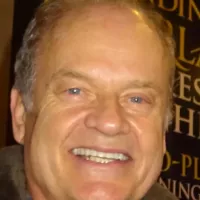
Kelsey Grammer is an accomplished American actor producer and singer...
